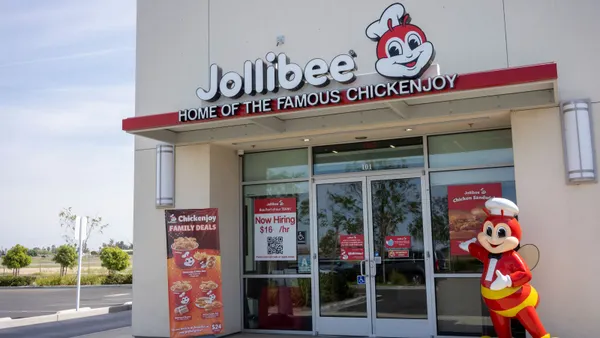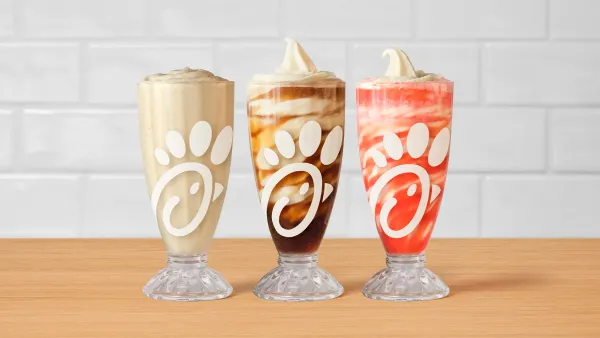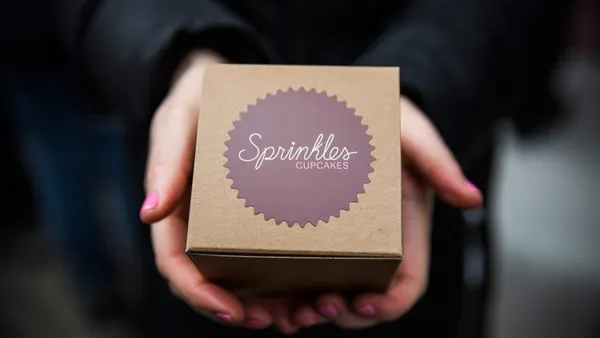Dive Brief:
- Restaurant management platform Toast has rolled out a suite of new features, including Toast Guest Feedback, which allows restaurants to receive and address guest reviews in real-time, whether they’re dine-in or carryout customers, according to a press release.
- The Toast Guest Feedback report provides a rundown of all reviews, giving restaurants information they can use to train their employees, update their menus and improve the overall dining experience, per the release.
- Additionally, Toast has added new features to its Toast Kiosk platform, including the option to pay and tip, text alerts to guests when their order is ready and customizable screen designs for restaurant brands.
Dive Insight:
Toast Guest Feedback sends managers a text notification any time there is a negative review, enabling them to address issues immediately and decreasing the chances of losing those customers for good. A study commissioned by Toast found that 65% of one-star reviews on Yelp were posted within a day of a bad dining experience, so this real-time window is critical for retention.
As the restaurant space becomes more crowded with new and expanding concepts, and the growth of delivery blurs segment lines, the fight over traffic is intensifying. Improving guest experiences through efforts like this is an effective way to avoid guest count erosion.
Toast’s rollout of its kiosk enhancements is also fortuitously timed, as limited-service chains have accelerated their rollout of kiosk technology. McDonald’s, for example, is on pace to add self-order kiosks in about 1,000 restaurants each quarter, while Taco Bell plans to have kiosks systemwide by the end of 2019. During its Q4 earnings call, McDonald’s CEO Steve Easterbrook said the early-adoption kiosk markets have experienced higher usage and in-store customers year-over-year, as well as higher customer satisfaction scores and stronger sales lifts.
Toast’s new features are an example of robust technology platforms infiltrating the restaurant space to enable more efficient operations, easier ordering and payment options for customers, more meaningful loyalty programs that mine customer data, and more. Not only are more restaurant brands leveraging these technologies to meet consumers where they are (increasingly on their mobile phones) but also to know more about their best customers and target messaging to them accordingly. During Papa John’s earnings call last month, for example, CEO Steve Ritchie said the objective behind the company’s updated rewards program is to create a more personalized marketing approach that will enable the company to drive more traffic.
As more concepts push out blanketed promotions and muddy up the messaging to create nothing more than noise, honing in on personalized differentiators such as reputation management and personalized loyalty offers could be the key to survival.










